Solution Manual for Introduction to Computing Systems: From Bits & Gates to C & Beyond 2nd Edition Yale Patt, Sanjay Patel
$35.00
Solution Manual for Introduction to Computing Systems: From Bits & Gates to C & Beyond 2nd Edition Yale Patt, Sanjay Patel
- Description
- Reviews (0)
Description
You will receive this product immediate after placing the order
All resources are in electronic format and can be downloaded from your account or email – How to Download. Payments will be processed instantly after checkout. Please note that all sales are final and non refundable. If you still have questions, find answers on our FAQ page or just send us an email at inquiry@testbanksafe.com, we will respond as soon as possible.
F .1 Chapter 1 Solutions
1.1 Every computer can do the same thing as every other computer . A smaller or slower computer
will just take longer .
1.2 No.
1.3 It is hard to increase the accuracy of analog machines.
1.4 Ambiguity.
1.5 (a) inputs to first (x) box are a and x
output of first (x) box is ax
inputs to second (+) box are ax and b
output of second (+) box is ax + b
(b) inputs to first (+) box are w and x
output of first (+) box is w + x
inputs to second (+) box are y and z
output of second (+) box is y + z
inputs to third (+) box are (w + x) and (y + z)
output of third (+) box is w + x + y + z
inputs to fourth (x) box are (w + x + y + z) and .25
output of fourth (x) box is 0.25(w + x + y + z), which is the average
(c) The key is to factor a^2 + 2ab + b^2 = (a + b) ^2
inputs to first (+) box are a and b
output of first (+) box is a + b
inputs to second (x) box are (a + b) and (a + b)
output of second (x) box is (a + b)^2 = a^2 + 2ab + b^2
1.6 Any ambiguous statement is fine. For example: I ate my sandwich on a bed of lettuce. The
sandwich might have been sitting on a bed of lettuce on the plate, or I might have been sitting
on a bed of lettuce eating a sandwich.
1.7 If the taxi driver is honorable, he/she asks you whether time or money is more important to
you, and then gets you to the airport as quickly or as cheaply as possible. Y ou are freed
from knowing anything about the various ways one can get to the airport. If the taxi driver is
dishonorable, you get to the airport late enough to miss your flight and/or at a taxi fare far in
excess of what it should have been, as the taxi driver takes a very circuitous route.
1.8 He could mean a lot of things. This statement is ambiguous as it could mean different things.
Some reasonable interpretations are: a) John saw the man in “the park with a telescope” b)
John saw the “man in the park” with a telescope.
As this statement is ambiguous, it is unacceptable as a statement in a program.
1.9 Y es, if phrased in a way that is definite and lacks ambiguity .
1.10 Definiteness: each step is precisely stated.
Effective Computability: each step can be carried out by a computer .
Finiteness: the procedure terminates.
1.11 (a) Lacks definiteness: Go south on Main St. for a mile or so.
(b) Lacks effective computability: Find the integer that is the square root of 14.
(c) Lacks finiteness: Do something. Repeat forever .
1.12 (a) Lacks definiteness, since it does not specify how two rows are to be added. Also, the
3rd or the 4th row could be added to the first row. So there are two posible answers.
(b) This is not effectively computable, because there is no end to the number line. Anything
in volving infinity must not be effectively computable. This is also not finite, for the
same reason.
(c) This is an algorithm.
(d) This is not finite, so it is not an algorithm. If, as Calvin suspects, the coin is weighted,
they will be flipping that coin forever .
(e) This is not finite, so it is not an algorithm. Steps 1 to 6 calculate, albeit in a long way ,
the number – 1. If the given number is negative or zero, then there will never be a time
when you get 0 at the end of step 6.
1.13 Both computers, A and B, are capable of solving the same problems. Computer B can perform
subtraction by taking the negative of the second number and adding it to the first one. As A
and B are otherwise identical, they are capable of solving the same problems.
1.14 (a) 120 transformation processes.
(b) Any 3 of this form are fine: “Sort Algorithm 3, Fortran program, SP ARC ISA, SP ARC
microarchitecture 1”.
(c) 120 again.
1.15 Advantages of a higher level language: Fewer instructions are required to do the same amount
of work. This usually means it takes less time for a programmer to write a program to solve a
problem. High level language programs are generally easier to read and therefore know what
is going on. Disadvantages of a higher level language: Each instruction has less control over
the underlying hardware that actually performs the computation that the program frequently
executes less fficiently .
NOTE: this problem is beyond the scope of Chapter 1 or most students.
1.16 Possible operations, data types, addressing modes.
1.17 An ISA describes the interface to the computer from the perspective of the 0s and 1s of
the program. For example, it describes the operations, data types, and addressing modes
a programmer can use on that particular computer . It doesn’t specify the actual physical
implementation. The microarchitecture does that. Using the car analogy , the ISA is what the
driver sees, and the microarchitecture is what goes on under the hood.
Be the first to review “Solution Manual for Introduction to Computing Systems: From Bits & Gates to C & Beyond 2nd Edition Yale Patt, Sanjay Patel”
You must be logged in to post a review.

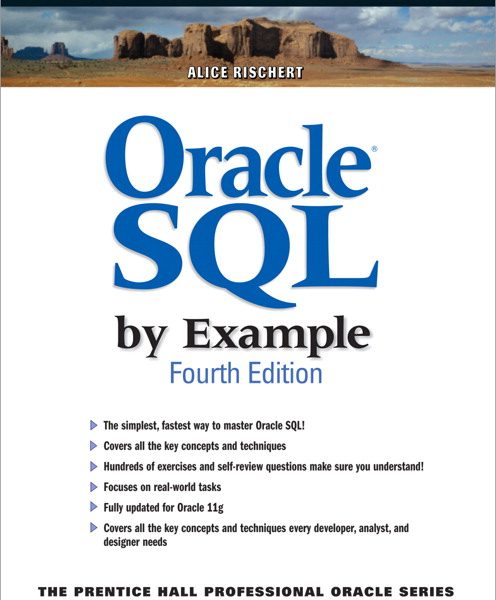
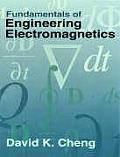
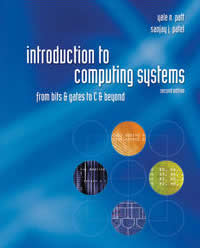
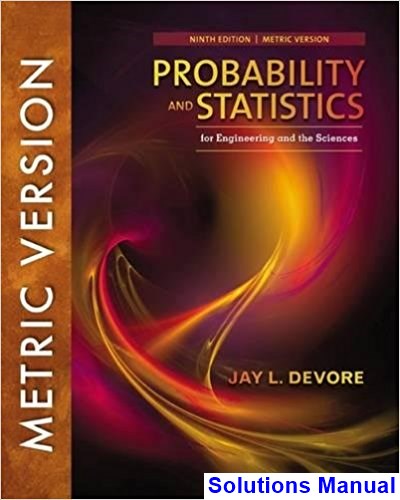
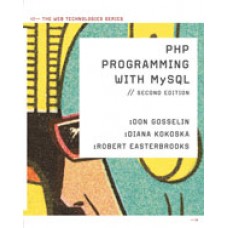
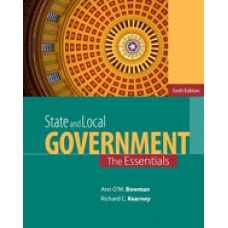


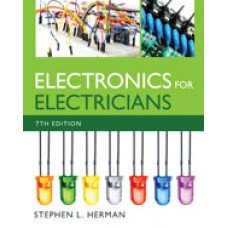
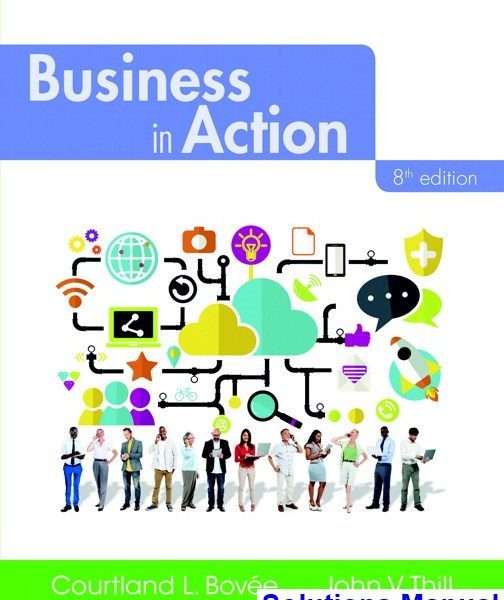

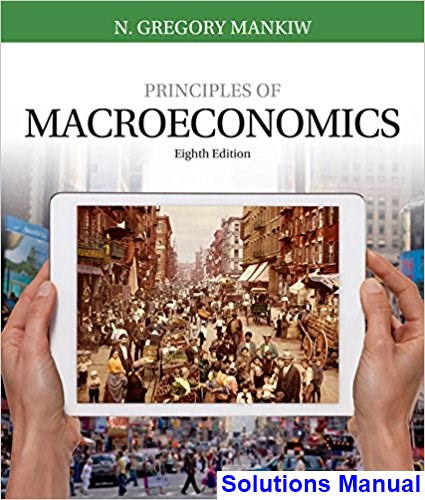

Reviews
There are no reviews yet.